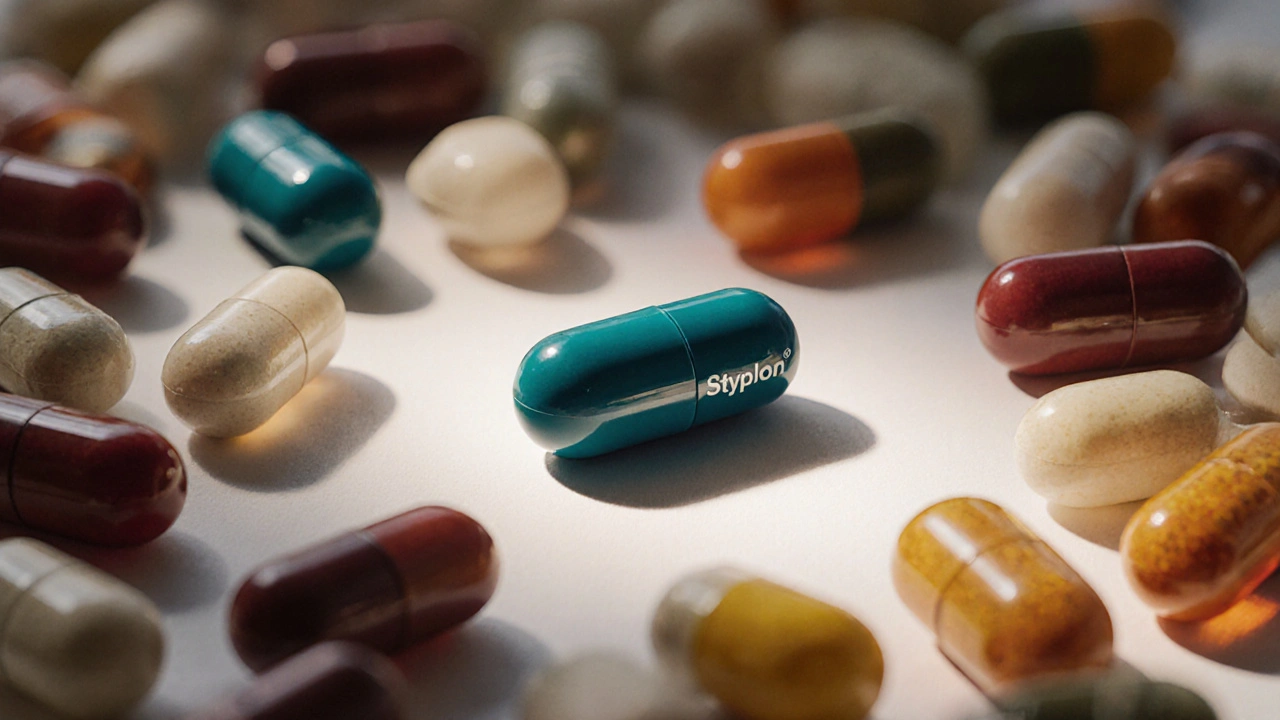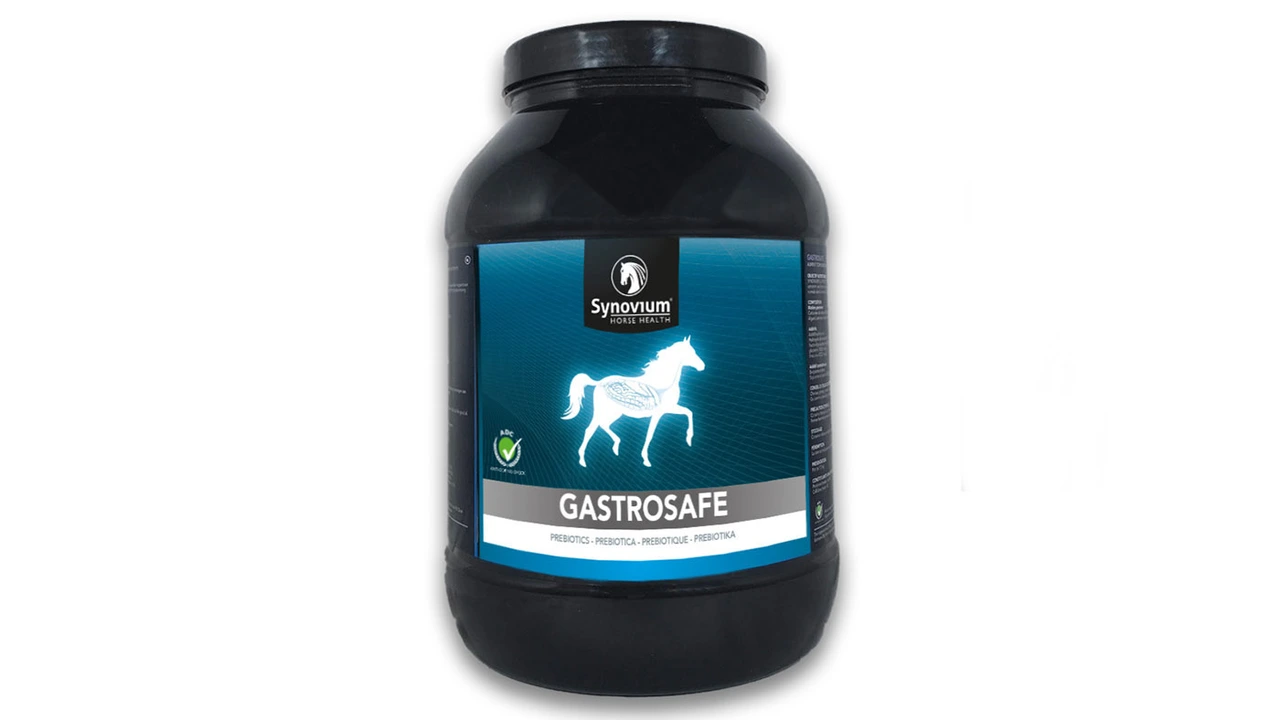Supplements: Gamma Oryzanol and Galantamine — practical guide
Pick one sentence goal: lower LDL and support recovery, or improve memory and attention. Gamma oryzanol and galantamine target those different needs, so a quick check of goals, meds, and safety goes a long way.
Gamma oryzanol comes from rice bran oil. People use it for mild cholesterol support, hormonal balance, and to help recovery after hard workouts. Typical doses run 100–300 mg daily; many try 200 mg with a meal for 4–8 weeks and watch their lipid panel. It’s fat soluble, so take it with food. If you’re on statins or other lipid-lowering drugs, talk to your clinician before adding it—labs should be tracked and interactions considered.
Galantamine targets the brain. It raises acetylcholine, a chemical linked to memory and focus, and is used in mild cognitive impairment and early Alzheimer’s under medical care. Clinical doses are usually 8–24 mg per day with slow titration and monitoring. Side effects often include nausea, insomnia, and cramps; rare but serious issues like slow heartbeat or fainting mean you shouldn’t self-prescribe if you have heart problems or take certain psychiatric medicines.
How to choose between them
Decide on your primary outcome. For cholesterol or post-exercise recovery, gamma oryzanol is the practical choice you can test with basic labs. For cognitive symptoms, galantamine is a medical option that needs clinician oversight. Always check product quality—look for third-party testing (NSF, USP, or independent lab reports), clear active ingredient labeling, and sensible serving sizes. Low price often means lower dose or fillers.
Practical tips, monitoring, and safety
Start low and keep a short log: sleep, digestion, mood, energy, memory tasks, and how your workouts feel. Get baseline tests: a lipid panel for gamma oryzanol; a brief cognitive screen and basic cardiac check for galantamine. Reassess in 8–12 weeks. If side effects appear, stop and contact your clinician.
Watch interactions: don’t mix galantamine with other cholinergic drugs without advice, and avoid combining gamma oryzanol with lipid drugs without monitoring. Pregnant or breastfeeding people, those with unstable liver or heart disease, and folks on multiple prescription meds should not self-prescribe either supplement.
Brand pick: choose products with transparent ingredient lists, batch numbers, and third-party seals. If a label lists an odd proprietary blend without amounts, skip it. Keep supplements in a cool, dry place and check expiration dates.
Example: a 55-year-old with slightly high LDL might try 200 mg gamma oryzanol with food, check lipids at 12 weeks, and adjust with their doctor. Someone noticing memory slips should get a cognitive screen and heart check before discussing galantamine as a prescription option.
If you want product suggestions or a starting plan based on your current meds and goals, tell me what you take and what you’re trying to fix. I can point you to reputable brands and practical next steps to discuss with your clinician.
Licorice and Blood Pressure Medication Interactions: What You Need to Know
Licorice contains glycyrrhizin, which can raise blood pressure and lower potassium, making blood pressure medications less effective. Learn which products to avoid and what to do if you're on antihypertensives.
Norwayz (Idebenone) vs Top Mitochondrial Antioxidant Alternatives - Complete Comparison
A detailed side‑by‑side comparison of Norwayz (Idebenone) and its top mitochondrial antioxidant alternatives, covering benefits, evidence, costs, and buying tips.
How Fertility Supplements Boost Infertility Treatments
Explore how fertility supplements like folate, CoQ10, and myo‑inositol can enhance IVF and other infertility treatments, with safety tips, evidence, and a practical guide.
Styplon vs Other Ayurvedic Supplements: Detailed Comparison
A detailed comparison of Styplon with top Ayurvedic alternatives, covering ingredients, benefits, pricing, safety, and who should choose each supplement.
Cerecetam (Piracetam) vs. Popular Nootropic Alternatives: A Detailed Comparison
Compare Cerecetam (piracetam) with top nootropic alternatives, covering mechanisms, benefits, side effects, dosing and how to choose the right brain‑boosting supplement.
Cat's Claw Supplement: The Must‑Have for Optimal Health
Discover why Cat's Claw is the essential supplement for boosting immunity, fighting inflammation, and supporting overall wellness. Learn its science, dosage, safety and how it compares to other herbs.
Unlock the Power of Gamma Oryzanol: The Ultimate Dietary Supplement for Health and Wellness
As a wellness enthusiast, I've discovered the amazing benefits of gamma oryzanol. This ultimate dietary supplement has gained my admiration, and I can't wait to share some insights on its benefits for health and wellness! This post delves into the profound power of gamma oryzanol, uncovering its myriad of benefits that are best harnessed through a balanced diet. Buckle up as we journey together into a realm of health and wellness transformation.
The impact of galantamine on overall brain health
In one of my recent deep dives, I explored the impact of galantamine on overall brain health. Surprisingly, galantamine has shown promising effects on memory, cognitive function, and even Alzheimer's disease. It works by increasing the levels of a neurotransmitter called acetylcholine, which is essential for learning and memory. Additionally, galantamine may protect brain cells from damage and inflammation. Overall, this fascinating compound could hold the key to improving and maintaining brain health as we age.












